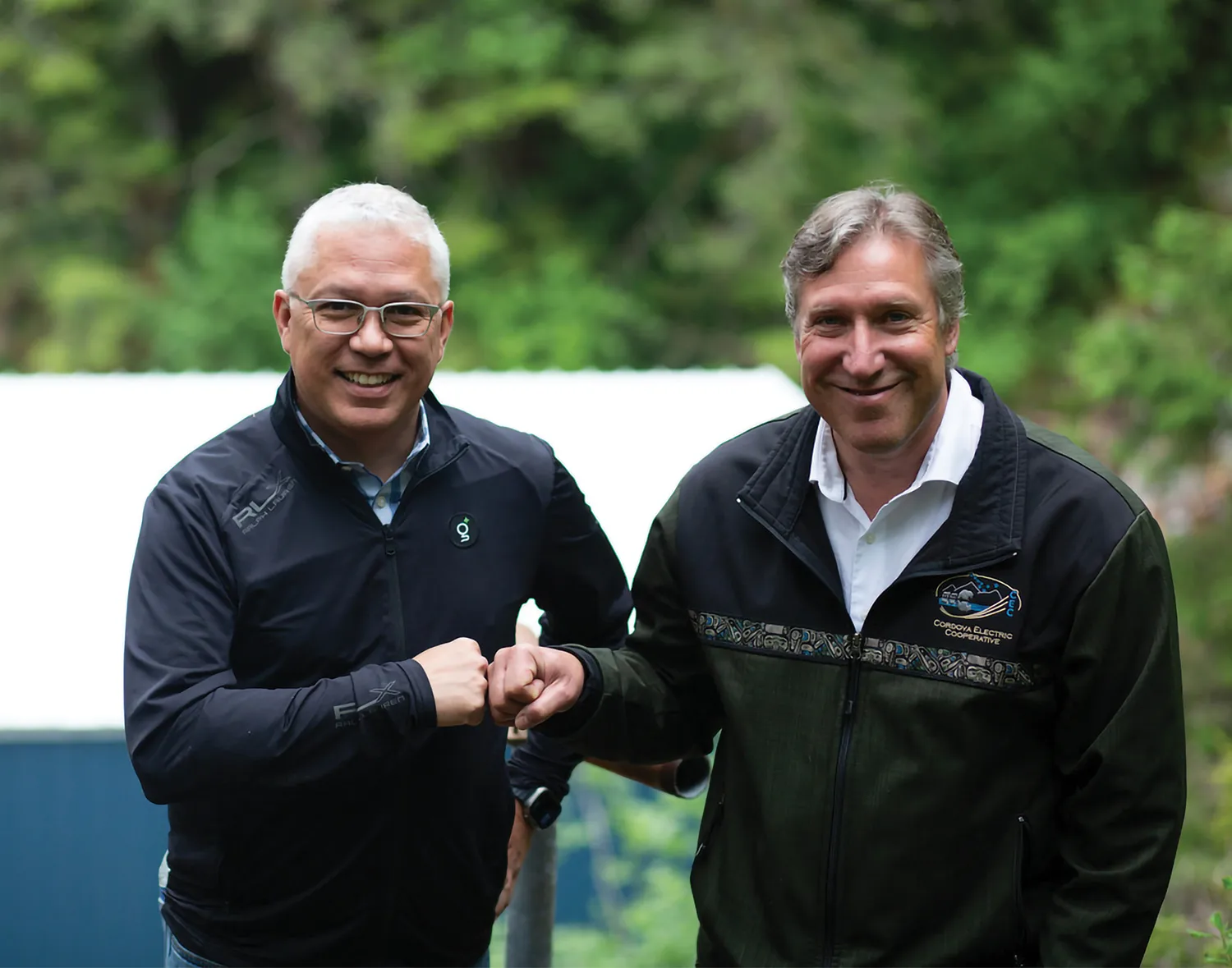
Chelsea Haisman
ucked into a corner of the Cordova Electric Cooperative’s Humpback Creek Hydroelectric facility are two metal cabinets, each about 2 feet by 2 feet by 6 feet in size, that could contain the future of cloud computing.
The cabinets house a virtual mountain of data and computing capability. A few years ago, the amount of data housed in the two cabinets would have taken forty server racks, all humming loudly and putting off considerable heat. The small but mighty data center represents the next step in cloud computing in two ways: a combination of advances in technology—the ever-present drive to shrink the space needed for computing capacity—and the symbiotic location with the hydroelectric facility, which not only provides power to run the data center’s logic circuits but also cools the processors via fingers of copper pipe circulating water and glycol, keeping the electronics at an ideal temperature.
The data center is owned by Greensparc, an edge computing company led by Sam Enoka, who grew up in North Pole before he relocated to California. Enoka maintains his roots through years of involvement with Alaska Center for Energy and Power, a microgrid research group linked to UAF. By partnering with Hewlett Packard Enterprise, his company established the small but powerful-data center in November 2023, co-located with Cordova Electric Cooperative’s Humpback Creek plant.
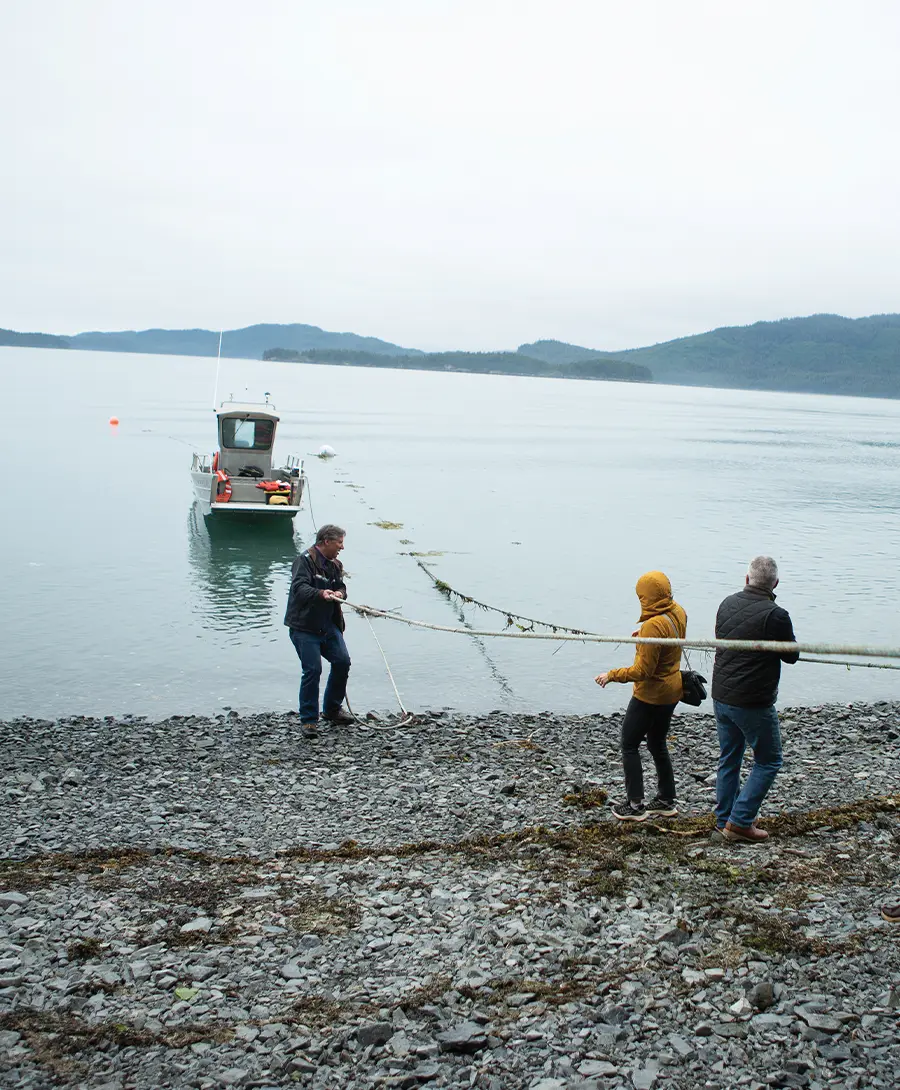
The commute to the data center involves a fifteen minute boat ride from Cordova Harbor to the Humpback Creek Hydroelectric Project.
Chelsea Haisman
Chelsea Haisman

However, as data is more centralized, the cumulative costs through higher electricity prices—because more power must be generated to meet the data processing demand, along with potential security risks of housing data at a single, large location—add up.
At a panel in May entitled “AI, Grid Integration, and the Energy Transition” at the Alaska Sustainable Energy Conference in Anchorage, Amogh Bhonde, vice president of digital solutions for Siemens Energy, shared concerns about the ever-growing demand for places to house and process data.
“Data centers are expected to be almost one-third of the US electricity consumption in the next four to five years,” Bhonde told the audience. He cited an example of Georgia Power, the primary power producer in that southern state. The company boosted its demand projections by a factor of sixteen due to the added load to its grid from data centers, advanced manufacturing, and artificial intelligence (AI) firms setting up shop in Georgia.
Enoka, attending the same conference panel, noted that the problem is getting larger. Amazon Web Services, Google, Meta (Facebook’s parent company), Azure (Microsoft’s cloud platform), and other companies are demanding—and building—more and more data storage space. “The tier-one markets in the Lower 48 are out of power; that is now the binding constraint. You can’t build those hyper-scale data centers in those markets,” Enoka said.
But the drive to digitize everything, from manuals for a 1995 treadmill to an app for a local sandwich shop, isn’t going away. If anything, the drive toward incorporating AI into more basic functions is moving society toward more data crunching.
“While there is no silver bullet, I firmly believe that software can help,” Bhonde said. “It’s ironic how the problem that we’re trying to solve was created primarily by AI—namely data centers—and we’re using AI to actually fix that problem.”
Bhonde noted that AI, while requiring more data processing, can also analyze weather patterns to manage energy grids over a four- or eight-hour horizon; predict system failures, saving costs on preventive maintenance; and protect energy infrastructure by detecting cyberattacks in anomalous behavior patterns. It can collect valuable institutional knowledge from a long-time employee, interviewed before retirement, to create an AI co-pilot who can assist a new employee with the complex job of running a power plant.
A plant that powers the AI that helps run the plant that powers the AI that helps run the plant that powers the AI, and on and on.
Chelsea Haisman
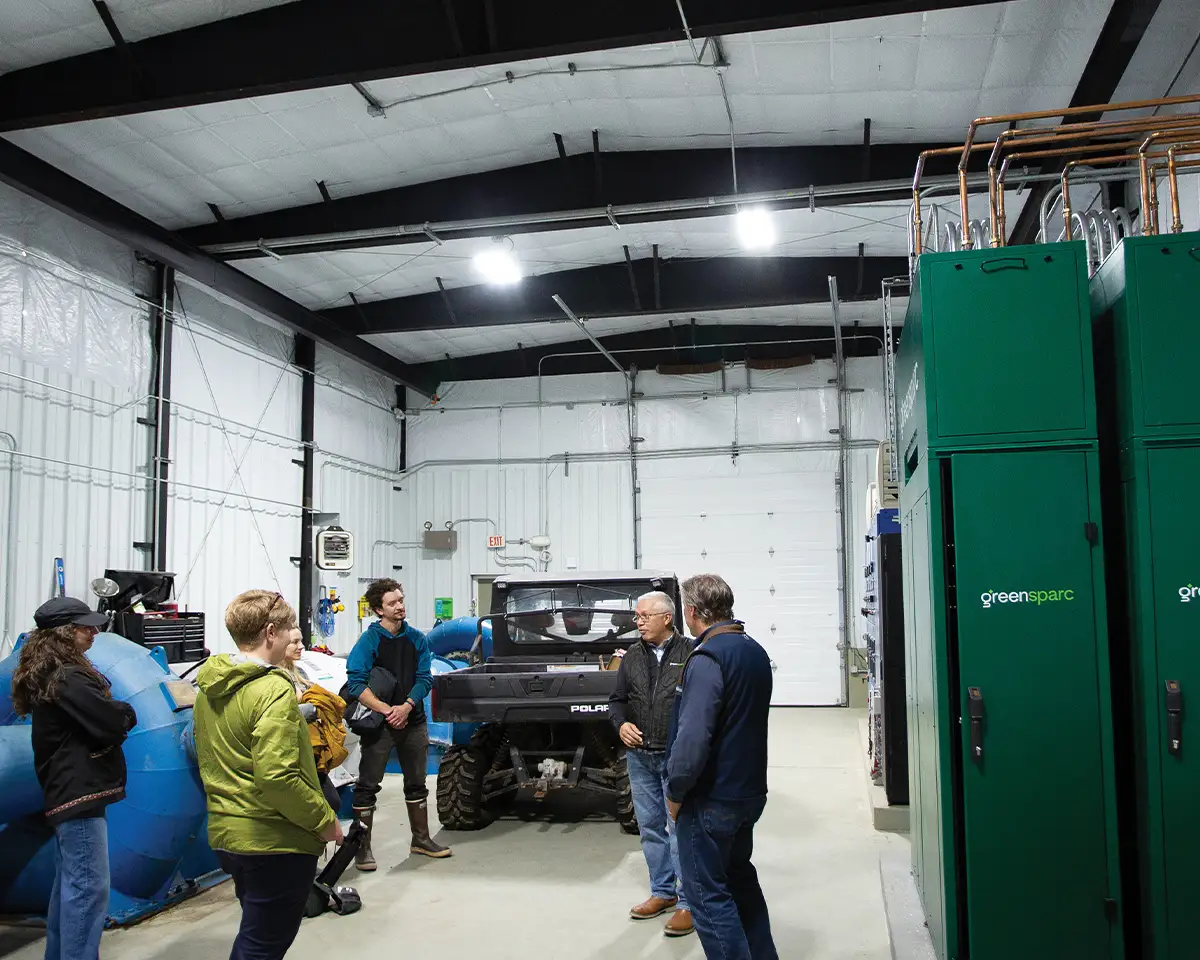
Instead of making huge data centers in mid-sized cities and requiring power providers to build larger plants to meet those demands, edge computing could create a network of smaller, powerful data centers in smaller towns. Those would provide more reliable data storage and processing to rural areas while also making use of power margins—the unsold and sometimes renewable power that small power providers make that, because of their small consumer base, is “spilled” or unused.
“When I explained our concept to Amazon, for instance, they understood what we’re trying to do. When you order an Amazon package, a truck with an Amazon logo shows up a few days later, and a person with an Amazon uniform gets out of that truck and delivers that Amazon package to your door,” Enoka explains. However, “That’s not Amazon; that’s a local distribution company that [it] contracts with. That employee is not an Amazon employee; they just do the distribution.”
By analogy, Enoka says Greensparc is seeking to be the data center distributor to local markets, providing users with better, closer data infrastructure so they get better service. Users don’t choose where the data is coming from; the back-end process is invisible. But using a local data center would support more responsive and reliable cloud-based services.
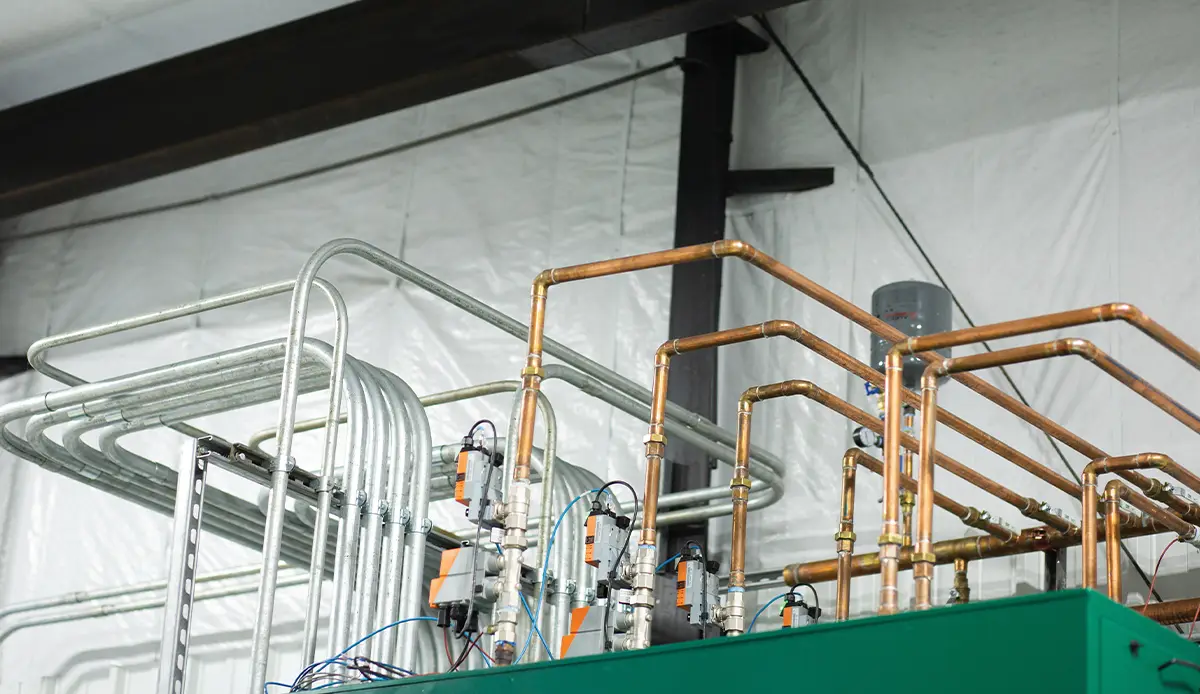
Chelsea Haisman
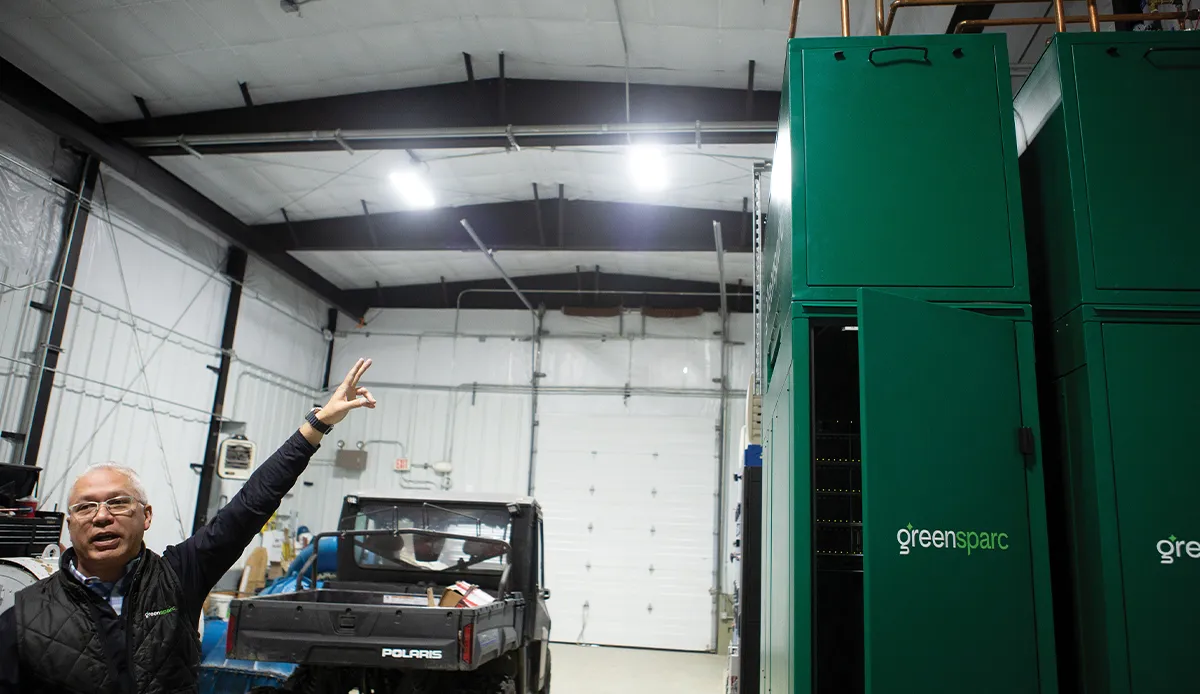
“It’s the intersection of energy, data, and telecommunications,” Koplin says. “The more data you store and process locally, the less you have to shift over telecom networks. The more renewable energy is available, the more you can fluctuate your data services. There’s a lot of opportunity.”
Koplin also grew up in Alaska, on his family’s farm in Soldotna. His father was an electrician, traveling all over the state to maintain airports. Koplin got an engineering degree and was hired in Cordova when CEC transitioned its power lines underground. The community’s grid has, since 2011, been completely underground, resulting in minimal power outages, which is vital to its biggest industrial customers: seafood processors, for whom power outages can spell hours of interrupted work time.
Koplin notes that CEC in 2023 generated about 75 percent of its power through two run-of-river hydroelectric plants—the Humpback Creek plant, installed in 1991, which provides about 10 percent of the community’s power, and Power Creek, installed in 2002, which provides about 65 percent of its power. The remaining power is provided by the Orca diesel plant, which is about forty years old. CEC is in the process of upgrading the Orca plant, going from one large, inefficient generator to two smaller and more efficient ones. Three-quarters of CEC’s diesel generated power is used in winter, when the community can’t tap the hydroelectric power; the remaining 25 percent of the diesel power generated is used for peak usage in summer, when seafood processors place more demand than the hydro plants can supply.
CEC has a state-of-the-art battery storage system as a spinning reserve and cushion for the power load swings. Using creative management, Koplin says it has been able to coax more than 7 MW out of its 6 MW plant. CEC hopes to create a 70-foot dam at Humpback Creek to enable year-round hydroelectric capability, dramatically reducing its reliance on diesel.
Reliable and competitive electricity rates in Cordova have motivated some seafood processors to move processing facilities onshore there, Koplin says. It’s not gone unnoticed: CEC was the only electric cooperative in the United States featured in a thirty-film documentary-style series the British Broadcasting Company created called “Humanising Energy,” which showcased innovations from across the energy ecosystem.
Koplin says, “Outsiders look at Cordova and they get excited by the renewable energy and the technology that we use and the innovation. The exciting thing is, we have been able to deliver some of the most reliable energy—we have very few outages—and still support the seafood industry. Our seafood industry has moved onshore to take advantage of our reliable and relatively low-cost energy.”
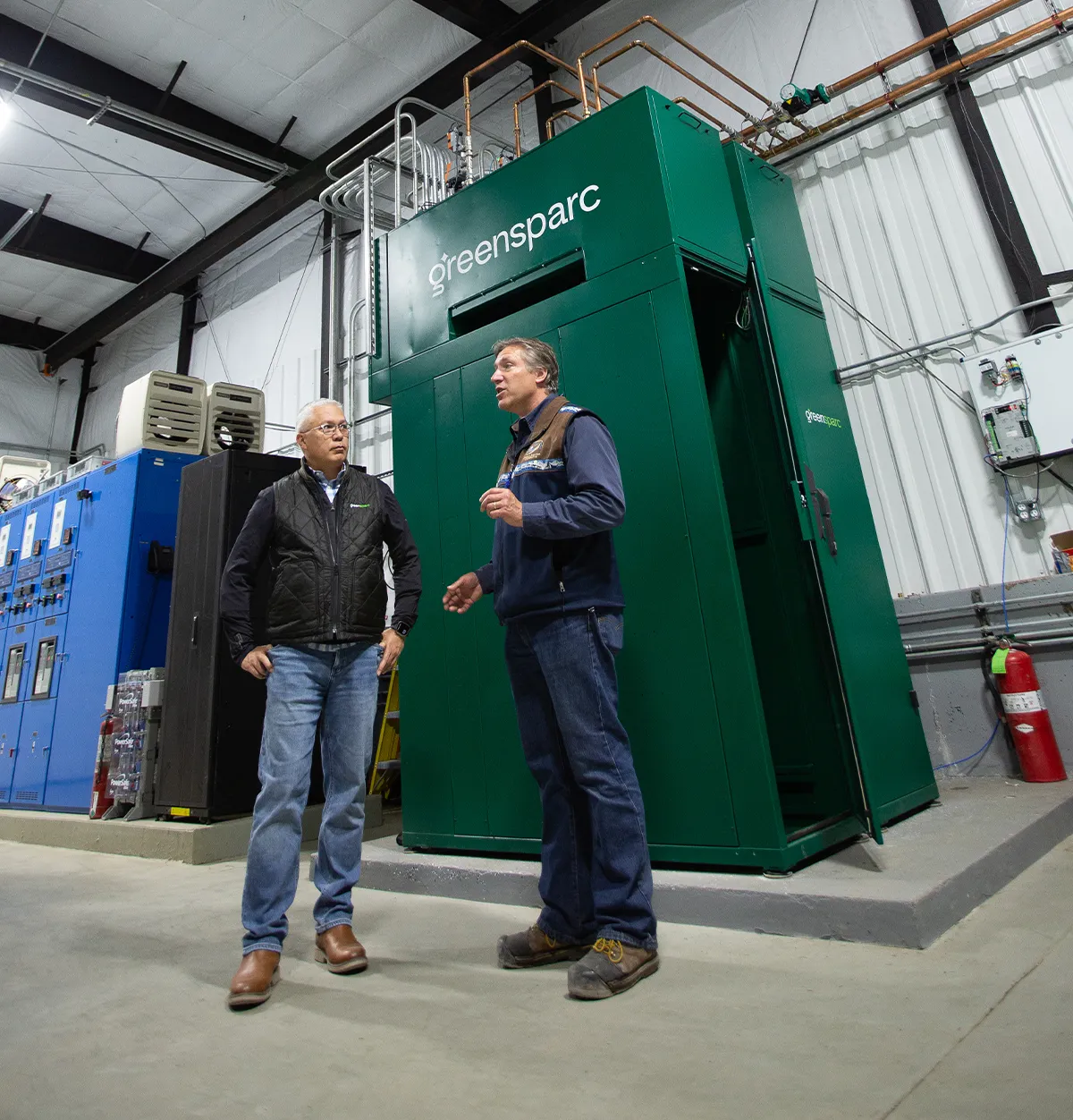
Chelsea Haisman
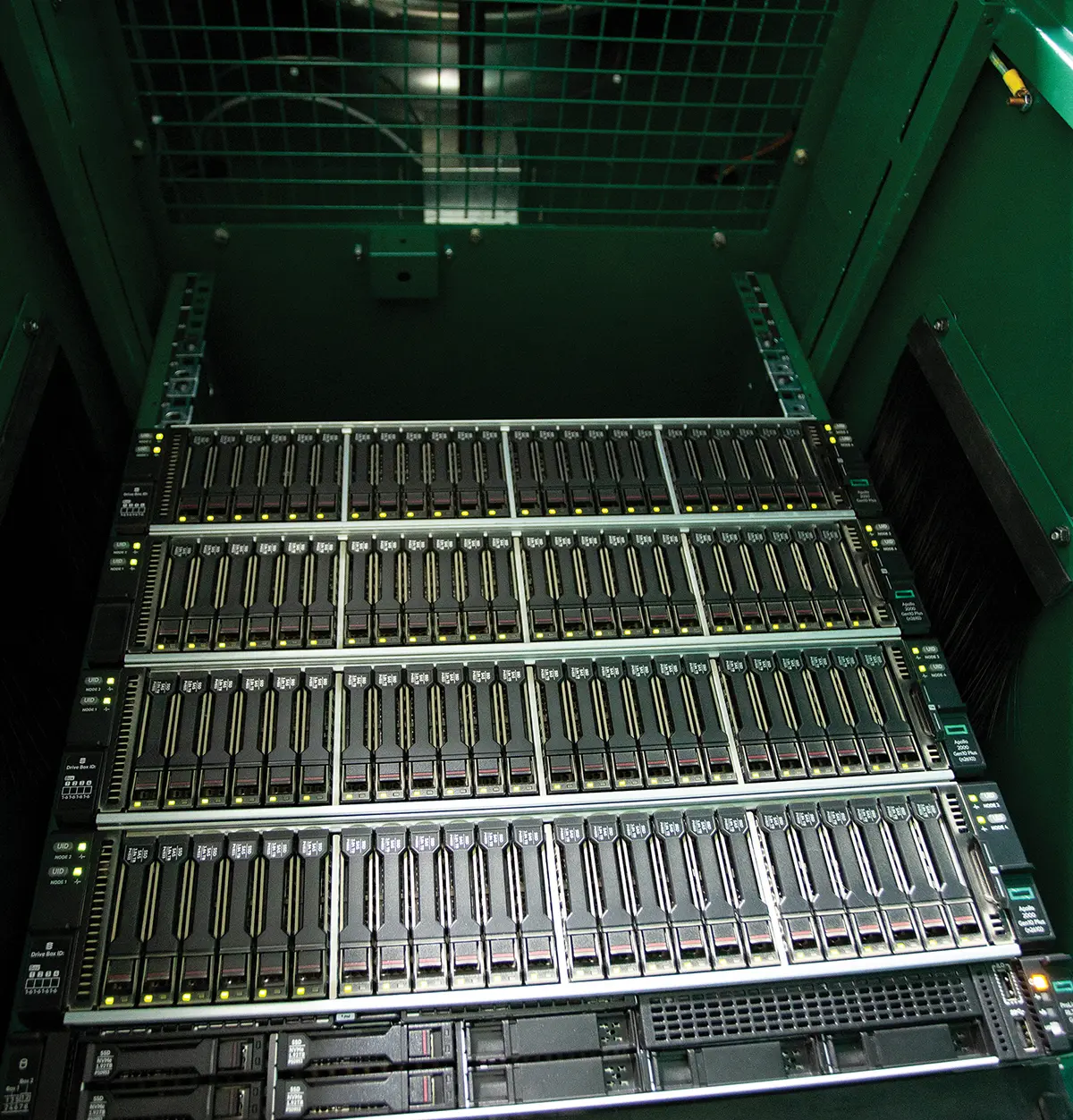
“We spill excess hydropower a lot of the time. We’re now, as we talk, spilling over a megawatt of excess power. We’d rather sell that to someone,” he said in June. “[Greensparc] can manage their use of the energy in concert with our ability to produce it.”
Greensparc’s servers, if CEC were powering them all the time, would require about 5 percent of the cooperative’s energy sales. Koplin told the panel at the Sustainable Energy Conference, “This is a market for us to sell and generate more revenue against fixed costs, keeping rates for the rest of our customers down while bringing these new tools into the economy.”
He compared Greensparc, and distributed data centers generally, to an anchor tenant that props up other investments. As Koplin put it, “I mean, if you can’t quite get over the hump with a solar farm, maybe having a data server that can take that extra load helps you monetize that, lets you overbuild your solar. Then you get to decide as a community: do we need the energy more, the data more, or some optimal mix?”
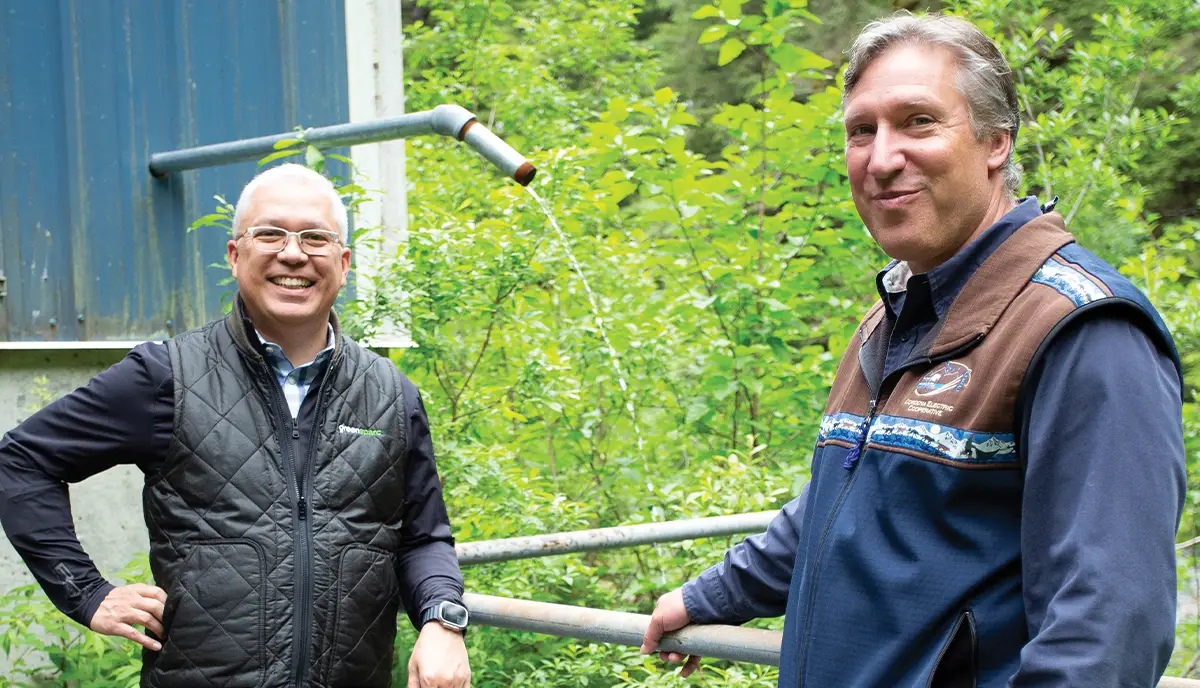
Chelsea Haisman
Chelsea Haisman
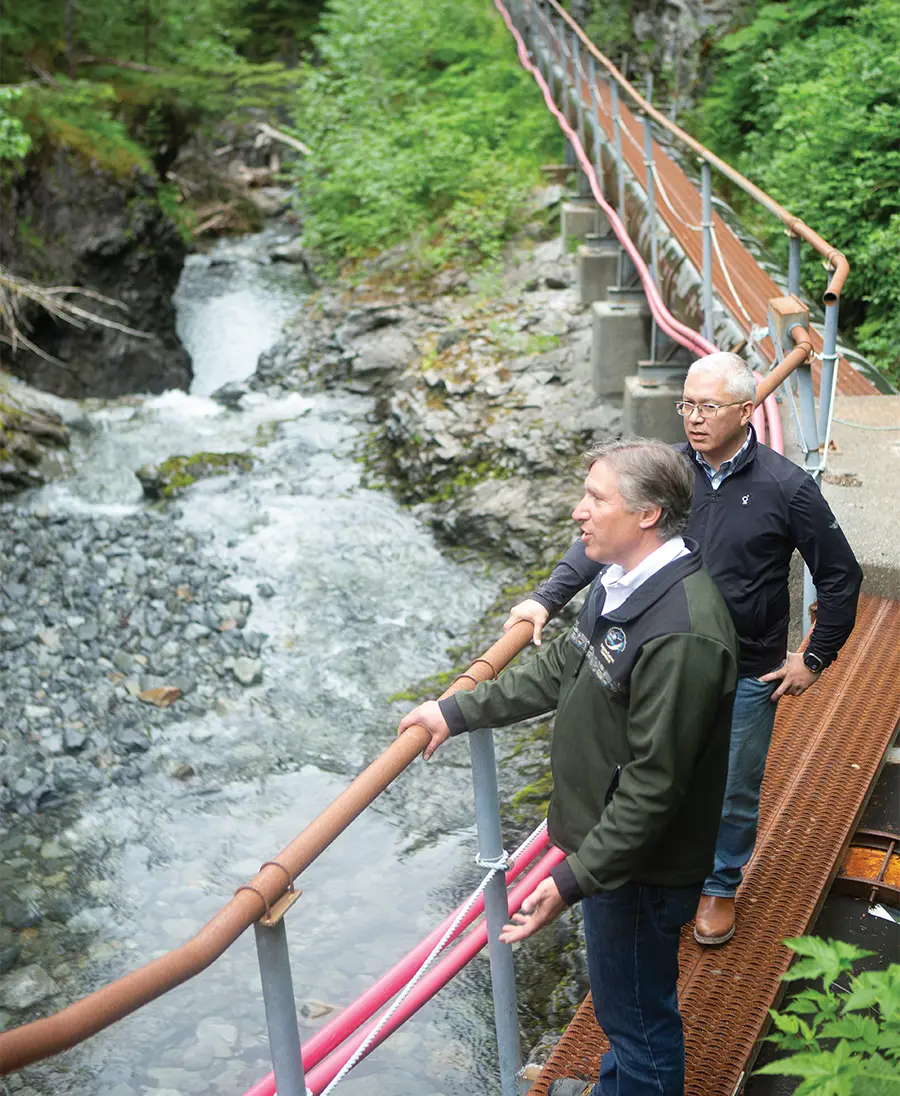
CEC is a Greensparc customer because Koplin saw the benefit to having the utility’s highly automated system function locally, not subject to potential outages at an Outside data center or vulnerable to cyberattacks. He can see a range of other local computing possibilities, he says, such as a dashboard for Alaska Department of Fish and Game managers to track resources in real time.
“The opportunity to sell more excess energy was enough to get us there,” Koplin says of partnering with Greensparc. “But the other opportunities are so much more valuable. This is attracting partnerships and attention, and we’re part of it, here in Cordova, Alaska.”
At a Greensparc demonstration in Anchorage last year, Enoka found a lot of interest from a variety of users. Those discussions have continued as Greensparc has continued to move forward.
Enoka says he hopes to have deployments in Fairbanks, Anchorage, Juneau, and even some Alaska military bases. A data center on the North Slope would make sense, he notes, as it would add reliability to oil field technology. At the Sustainable Energy Conference panel, he suggested co-locating data servers with village airports might make sense too.
“Then, when you get to that village, what else is there? A school? Great. A clinic? Great. Is there some other industry that could use maybe not AI but basic computing? That asset could be managed at a micro-level, down to kilowatts,” he noted.
“Enterprises are going to be the low-hanging fruit right now. As we tap in and get more exposure to the [US] Department of Defense and those folks, we can demonstrate how we’ll be in the best position to help them out. Not just in places like Alaska, but it translates well to Hawaii or Guam, markets that are difficult to reach and hard to serve,” Enoka adds.
Enoka sees plenty of good business reasons why distributed data centers tapping remote renewables makes sense. “We want to be a self-sustaining business, but the community benefit, the social impact, of setting this kind of business up to serve users in these communities, I think it will be transformative,” he says. “The results will bear out in the coming months and years, but a lot of us—not just us on the business side of this, but folks on the business side and on the user community—are embracing the opportunity.”